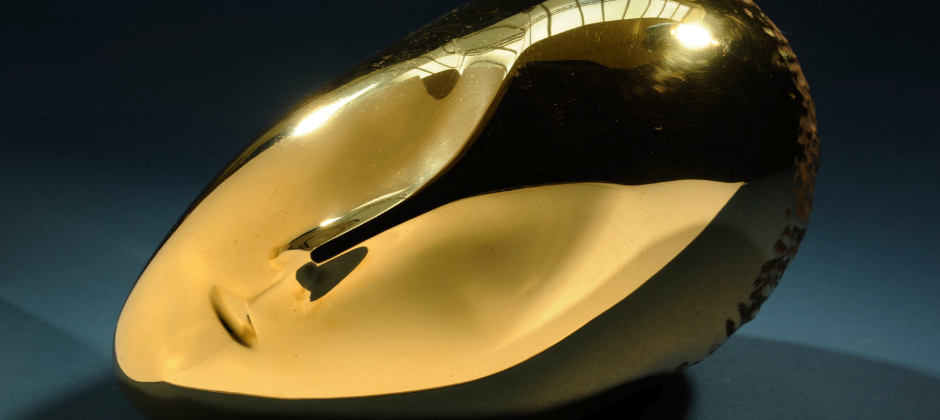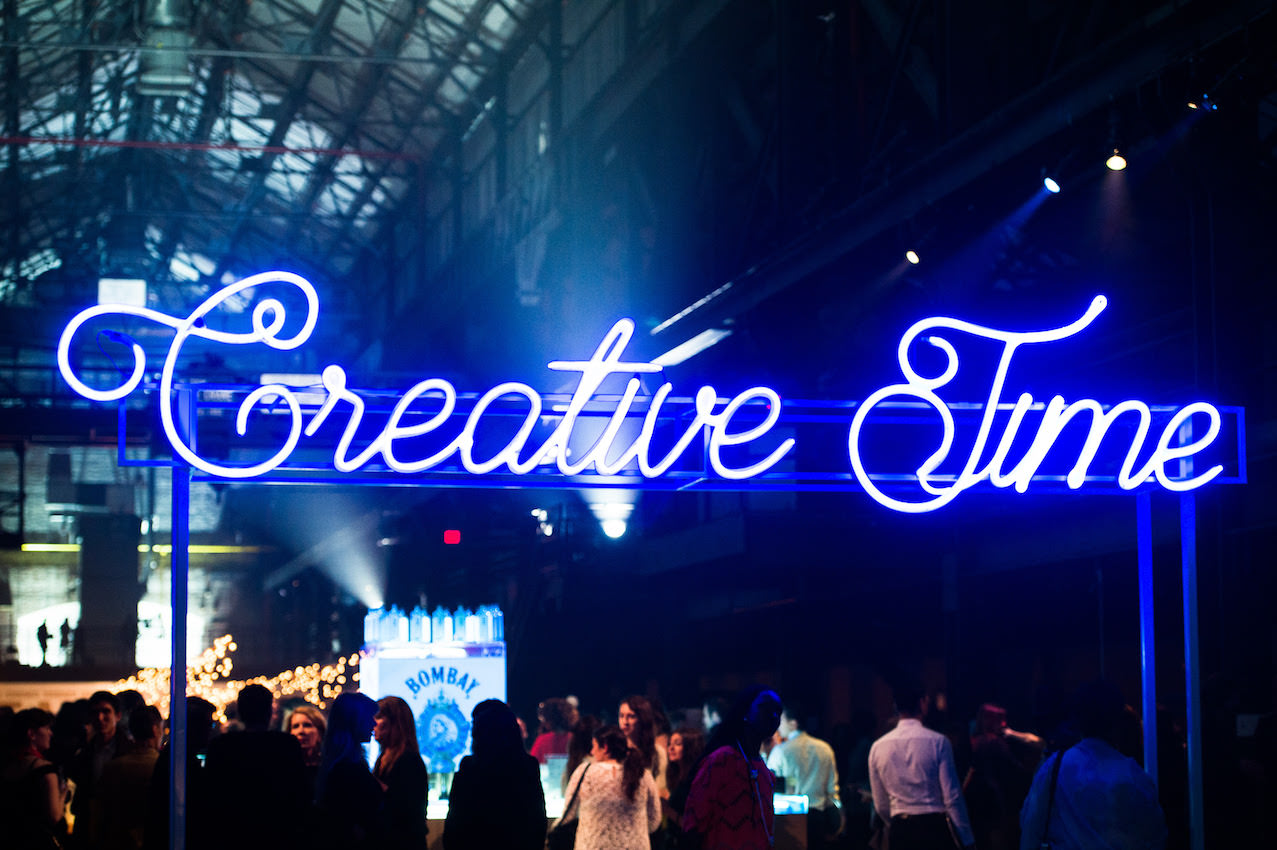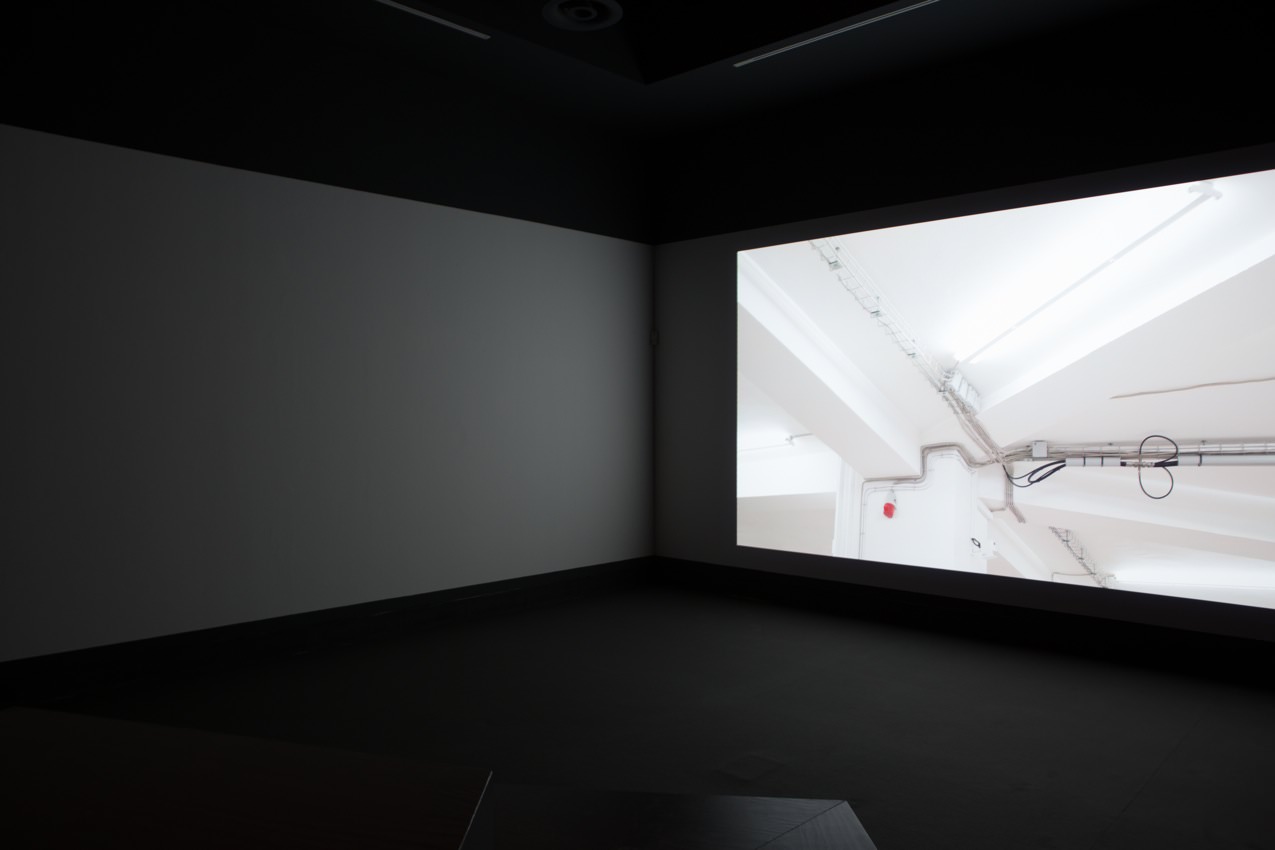A fusion of sorts between the 1970s earthworks of artists like Robert Smithson and industrial-grade earth movers, the work of British artist and engineer James Capper encompasses drawing, sculpture, and performance, all related to what he calls “Earth Markers,” or large-scale, human-operated machines that draw on the earth’s surface. His latest division of these is called “Mountaineer,” and drawings and pieces of these machines are currently displayed at Paul Kasmin Gallery in New York. Whitewall met up with Capper to discuss how he feels about his first solo show in New York, the smaller works that make up the show, and how they relate to the final products of machine and performance.
WHITEWALL: This is your first solo show in New York, how are you feeling?
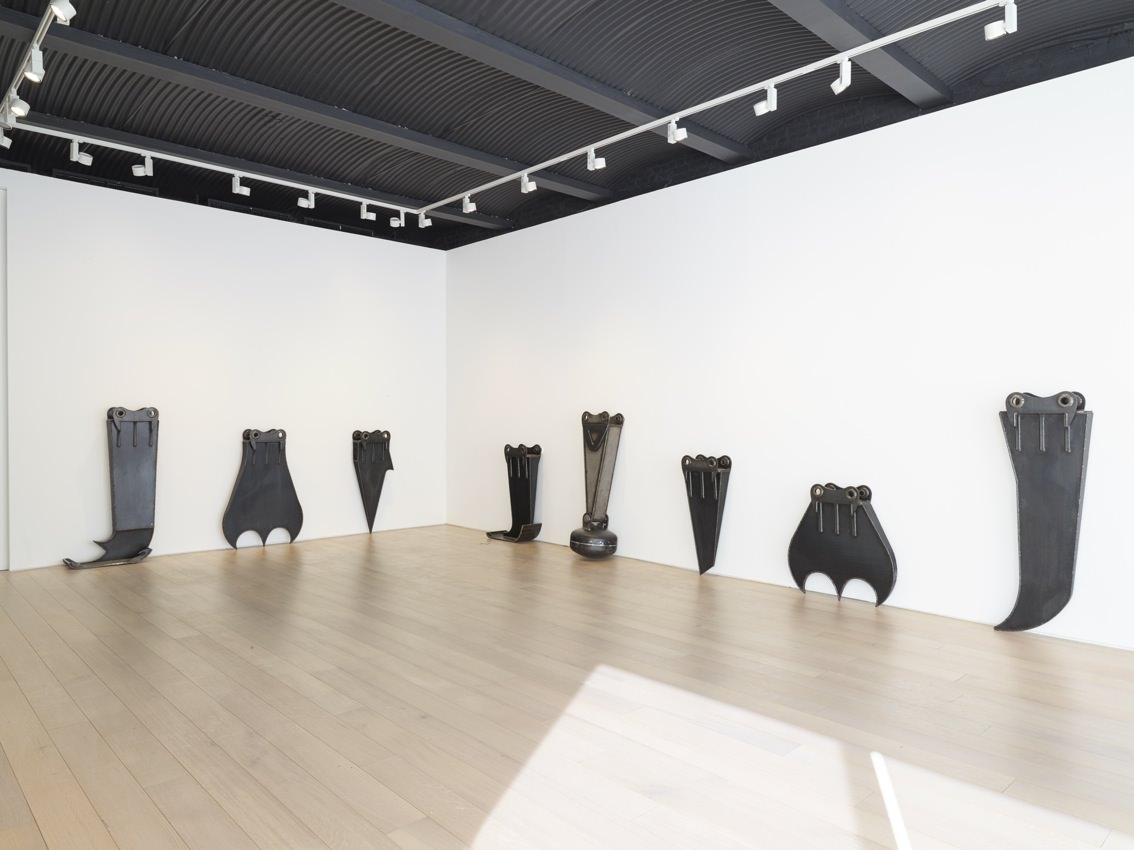
Photo by Elisabeth Bernstein
Courtesy of Paul Kasmin Gallery
JAMES CAPPER: It’s quite daunting, but also very exciting. To see the work in the workshop is very different to see it now in the space. These 29 drawings don’t really do justice. I’ve got a plan chest with about 400 drawings in it, and make about 150 drawings a year.
These teeth [along the two walls] are component parts of much larger machines. They’re part of the “Earth Marking” division, which looks at the marks left by these machines as a sort of forensic study to improve them, and get them to work. They’ve got hydraulics and an engine, so that they move, and that’s the second step of the work. The Mountaineer’s a machine that I would normally operate within a demonstration, if not what we call performance. That last bit, where I test it out for the first time, is really exciting because there’s no machine like it in the world, it’s completely derived from an artist practice, and so when it fires up and the arms and legs start moving about and you’ve got 14 levers in front of you it’s really exciting.
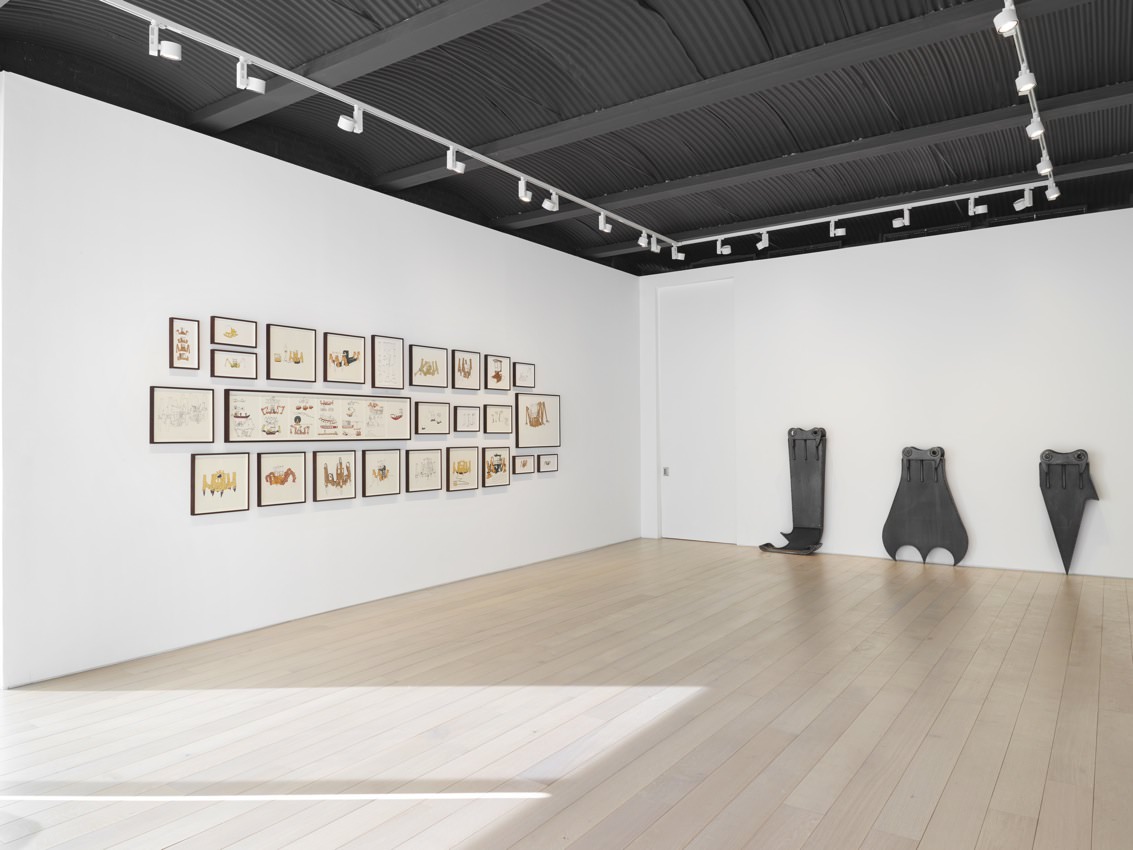
Photo by Elisabeth Bernstein
Courtesy of Paul Kasmin Gallery
What we see here is the teeth, [and the drawings], but when you see a machine that’s moving, that’s where it all changes because sculpture predominantly doesn’t move and that’s my big challenge: to get something that looks like a 25 ton tractor excavator into a gallery, and people to see it as if it is sculpture.
WW: Since these drawings are plans for a realized machine, and the teeth are component parts, how do you feel about showing them alone? Are they displaying your process? Are they art pieces in their own right when they’re isolated this way? Are they precursors to the performance you were talking about?
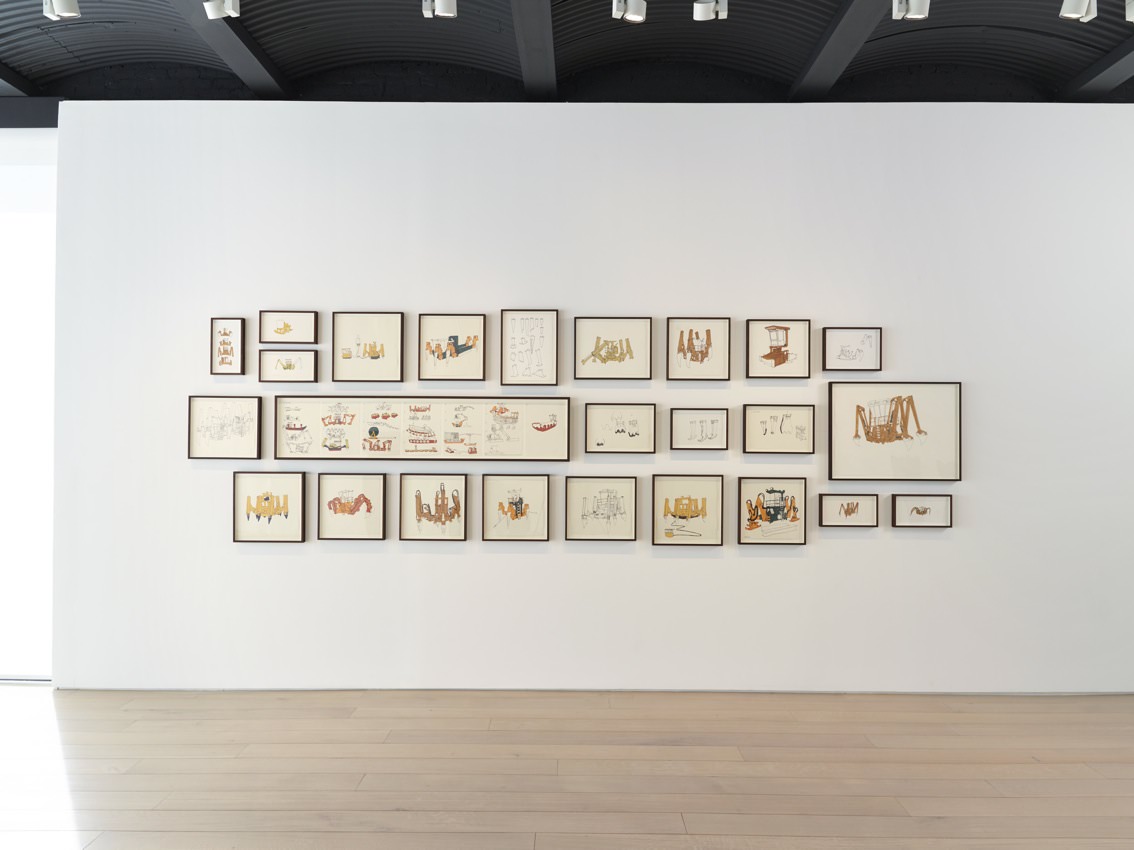
Photo by Elisabeth Bernstein
Courtesy of Paul Kasmin Gallery
JC: I think they’re all of that. They are made with the utmost integrity to the language and the sculpture and the machines. What the teeth do is they really help me and the gallery, Paul Kasmin and Hannah Barry in London, understand the scale, and it makes the conceptual outline of the project more serious.
It’s [also] the more commercial area of my sculpture, and when sold, [it] funds the production of these larger works. They help people understand from the perspective of drawings where these things go, and the anatomy of these machines. These machines are highly unique. Like someone at the opening said, “Oh, where’d you buy the cab from?” and I said, “Oh, no, I made it.”
WW: Is your process at all similar to making industrial earth movers [machinery like mini excavators, front end loaders, etc.]?
JC: Absolutely, that’s part of the language, which I enjoy exploiting in the sculpture, like the mining machinery and stuff like that. They really are made in a similar way to these big companies. Where it differs is that the work is more about innovation and exploration, freedom in being able to innovate in an engineering-based world, which is quite restricted and known for being quite restricted. There’s a machine for everything in earth moving, whereas I’m more interested in if you had all of the parts that constitute say, a tractor excavator, and you had all the freedom and time in the world, which I like to think I have, then what would you do with it?
I’m not so much influenced by artists. It’s not art for art’s sake, but the world outside. That’s why it’s so great when the construction workers look through the window because they recognize the language. It’s innovation. It’s what we all should be thinking about. And when we leave the gallery and walk home, we’ll start noticing things that are used in industry in the skyline and digging up the street. That’s what it should be about: to pioneer rather than to be making things that just tantalize the fancy of people who recognize what sculpture is or what drawing is. I make it for myself, but the more I make the more it grows. This freedom allows me to [forge] a unique identity in sculpture.
WW: You got training in engineering first. Was that creative freedom part of the impetus for your choice to go to art school? Or did that develop over time?
JC: Well, when I was a kid I was always making stuff, and I think I knew my identity very early on as someone who was making. I worked with this guy named Charlie who ran a car garage from the age of 12 to 16. I used to help on a Saturday morning. I’d go down there and I learned about how things were put together, the anatomy of mechanical engineering.
Then later I went to work for Meridian Fabrication with Rich and Doug, and it was there where I really started to learn the ropes because they just threw me in the deep end. One time they were sitting in their port cabin having their cups of tea and smoking their roll ups, and I turned up, and he was like, “We’re moving the jig out today.” This thing looked like a section of roller coaster. It was probably twice the length of the gallery. And I was like, “You haven’t got the machinery to move that out. How are you going to move that out?” And they started laughing because I was the rookie, and they got a forklift at both ends, and picked this thing up and put it out in the yard. I’ve never seen anything like it. And so it was through seeing things like that and seeing the way they would utilize their equipment to do pretty much anything that has allowed me to be very confident with the material.
When I was in art school, I didn’t really have a fear of firing up a welder and making something move. I didn’t think I’d get into Chelsea for my BA, I thought I’ve come from this small village in Kent and I thought there must be loads of people that are better, more equipped for art school, but I got in there. Gerard Wilson, who interviewed me said, “You did realize we wrote that you shouldn’t bring any sculptures to the interview,” I was like, “I know, but I did.” And he said, “I’m glad you did because I like these sculptures.”
WW: What do you hope to do with Mountaineer?
JC: The idea would be to make a group of them and go on an expedition up into the mountains and make a film. It’s kind of a wild thought, but I would love to try to do it in the Himalayas and make this epic film derived from Fitzcarraldo. I don’t know if you’ve heard of it, but it’s about someone who buys a rubber plantation and ends up having to drag a ship over a mountain and it’s a completely insane story, and an amazing film. That inspired me to innovate these mobile sculptures for expeditions. Then the finished article to that would be the working Mountaineer, which would then go on this expedition, and this film would come from it.
To be able to make it would be possibly one of the most exciting things that I’ve done, and I’m saving it for the right moment. It’s something on the horizon, which I’m aiming for. It’s a dream.
“James Capper: Mountaineer” is on view at Paul Kasmin Gallery’s 297 Tenth Avenue location through March 14.




